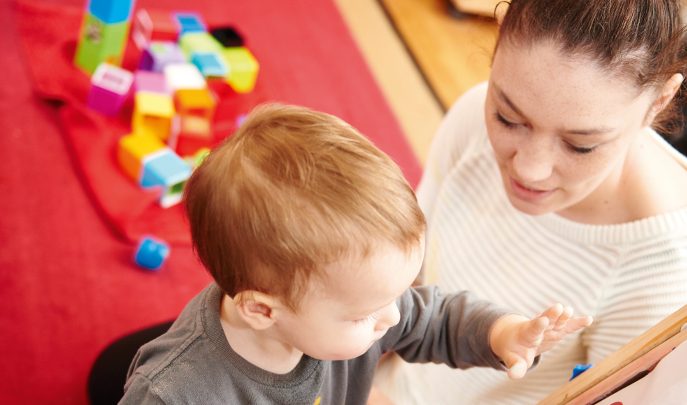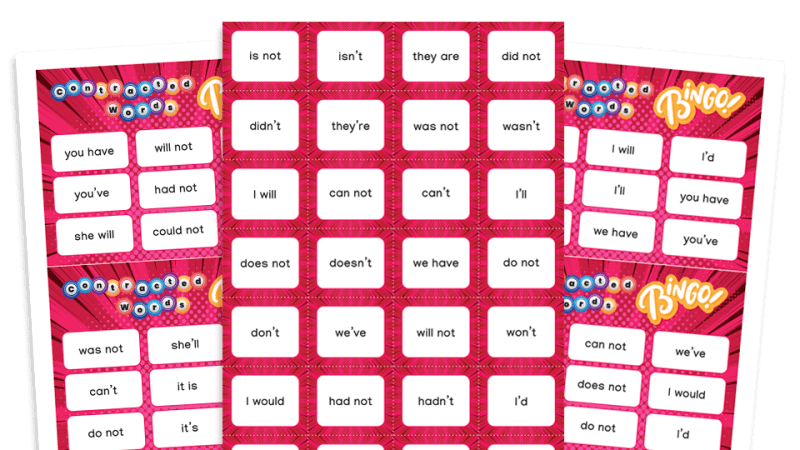Are You Supporting Your Nursery Team To Deliver Outstanding Teaching? It’s Important That You Do

Identifying effective practice and learning, and ensuring they are visible in your setting
- by Michael Reed

The quality of leadership in early years settings is a key factor in determining the quality of the educational provision that children receive. Leaders invest time in motivating people to work as a team and take pride in what they do. They are skilled at estimating the pace of children’s learning and recognising that each child is unique.
An important part of the leader’s role is to regularly observe the environment and engage with the children, by asking questions, such as
| • | Are the staff supportive and kind? |
| • | Do we encourage curiosity and creativity? |
| • | Is work created by the children valued? |
| • | How is learning planned? |
This is why the leader’s knowledge of best practice and current research is vital, they are ultimately the ‘gatekeepers’ of the setting’s core beliefs and values, but most importantly they are the enablers who help everyone meet statutory requirements with an approach grounded in current evidence-based knowledge.
Is effective practice visible in your setting?
Using the following statements, think of at least two examples which demonstrate that:
| • | health and wellbeing is important and given close attention in the setting, |
| • | listening to children is important and children are encouraged to make choices, |
| • | parents are closely involved and understand why this is important, |
| • | learning opportunities are designed to include all children. |
Michael Reed is a senior lecturer at the Centre for Children & Families, University of Worcester. This article is an edited extract from his book Effective Leadership for High Quality Early Years Practice (Pre-school Learning Alliance, 2016), which is priced at £9.55 for Alliance members and £13.95 for non-members. To purchase a copy, visit pre-school.org.uk/shop.
Answers to questions such as these will inform the leader about how others view the provision. This will enable the leader to understand how successful the team are in supporting children’s learning and development and consistently meeting the needs and expectations of all stakeholders.
Identifying effective learning
Ofsted make a judgement about the quality of teaching, learning and assessment, and the effectiveness of leadership and management in the setting. It could be argued that if the quality of either one is weak then it can only have a negative impact on the other.
The leader needs to be very clear about what good teaching looks like in everyday practice and how they “successfully plan and manage the curriculum and learning programmes so that all children get a good start and are well prepared for the next stage in their learning, especially being ready for school” (Early Years Inspection Handbook, Ofsted 2015).
Much of the inspector’s evidence comes from direct observations of practice during the inspection visit. It therefore makes sense for the leader to regularly observe in a similar way, paying particular attention to the Characteristics of Effective Learning that children are displaying, but also aligning those same characteristics to the teaching that is happening, for example, for ‘creating and thinking critically’:
| • | prompting children to formulate their own ideas, |
| • | helping them to make links by questioning and providing narrative, |
| • | stepping back when appropriate so that children choose their own ways to do things. |
It is not always easy for a practitioner to identify these characteristics for themselves when they are immersed in an activity with the children. The leader’s observations should result in constructive feedback that stimulates further discussion with the practitioner and enables a reflective dialogue to take place.
This is why the leader’s knowledge of best practice and current research is vital, they are ultimately the ‘gatekeepers’ of the setting’s core beliefs and values, but most importantly they are the enablers who help everyone meet statutory requirements with an approach grounded in current evidence-based knowledge.
Is effective practice visible in your setting?
Using the following statements, think of at least two examples which demonstrate that:
| • | health and wellbeing is important and given close attention in the setting, |
| • | listening to children is important and children are encouraged to make choices, |
| • | parents are closely involved and understand why this is important, |
| • | learning opportunities are designed to include all children. |
Michael Reed is a senior lecturer at the Centre for Children & Families, University of Worcester. This article is an edited extract from his book Effective Leadership for High Quality Early Years Practice (Pre-school Learning Alliance, 2016), which is priced at £9.55 for Alliance members and £13.95 for non-members. To purchase a copy, visit pre-school.org.uk/shop.











